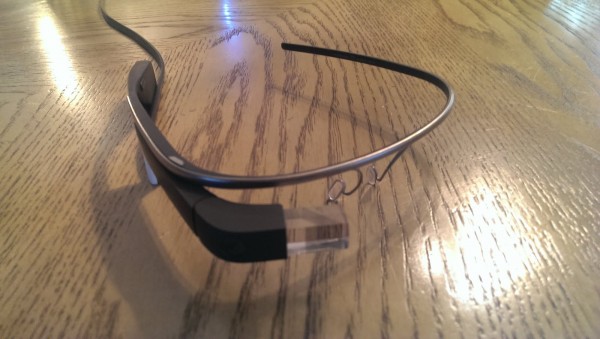Pebble Smartwatch (Source: GetPebble.com)
With technology getting smaller and more responsive to new interfaces, the next big thing in the tech world is set to be wearable computing solutions that offer you an always-on connection no matter where you are.
One solution that’s been hitting the headlines in the past few months is Google Glass, the spectacles that incorporate an augmented reality display. But these aren’t without their problems. Google has already had to fend off a wealth of privacy concerns and, let’s be honest, they’re not the coolest looking pieces of kit.
(Read a first-hand account of the quirks of wearing Google Glass for two months.)
Far more interesting -and practical – to many people will be the range of smartwatches currently in development. These are led by Apple’s efforts – commonly known as the iWatch – with the Financial Times reporting the Cupertino firm has begun a hiring spree to bring in new talent to iron out design issues with the device. While it’s been suggested these problems are likely to delay the launch of the device until next year, Apple is far from the only company working on such a gadget.
In fact, almost every major tech firm – including Samsung, Google and even Dell – are also working on smartwatch devices, so they’re set to be the next key focus area for the tech world in 2014 and beyond. There’s even a Kickstarter-funded startup, Pebble.
There are several key features of these that will appeal to consumers, such as the ability to connect to a phone via Bluetooth and display all major functions on a user’s wrist.
But this technology could also be useful for enterprise personnel – particularly those who need to have an always-on connection at their fingertips. Being able to view new communications instantly just by looking at your wrist could be invaluable for busy executives and remote workers.
Google Glass.
Whether it is texts, Tweets or emails, viewing notifications on a smartwatch is set to become second nature to business users in the coming years, so much so that some analysts are predicting they will be as essential to mobile workers as their smartphone is today.
Tool such as Google Now that are set to be incorporated into many designs will also act as a virtual assistant – keeping track of your location and appointments and notifying you when it’s time to leave, offering directions and keeping you up to date on the latest updates and events that you’ll need to know about.
In order to make it as easy as possible for users to operate the watches, many of the new gadgets are likely to feature a range of voice or gesture controls to interact with the devices – similar to that found on Google Glass.
These ways of navigating will be vital on the smaller screens of smartwatches, where it’s important that information is kept to a minimum – you don’t want to have to be fiddling around trying to tap a tiny icon in the corner of the screen.
Because many of these designs are yet to make it to market – and with every manufacturer having their own spin on what will make a successful smartwatch, it’s hard to know what features will end up becoming industry-standard and which will go down as ideas that failed to take off. But with so much competition in the market, the chances are there’ll be a solution that’s perfectly tailored to the business world coming soon.

